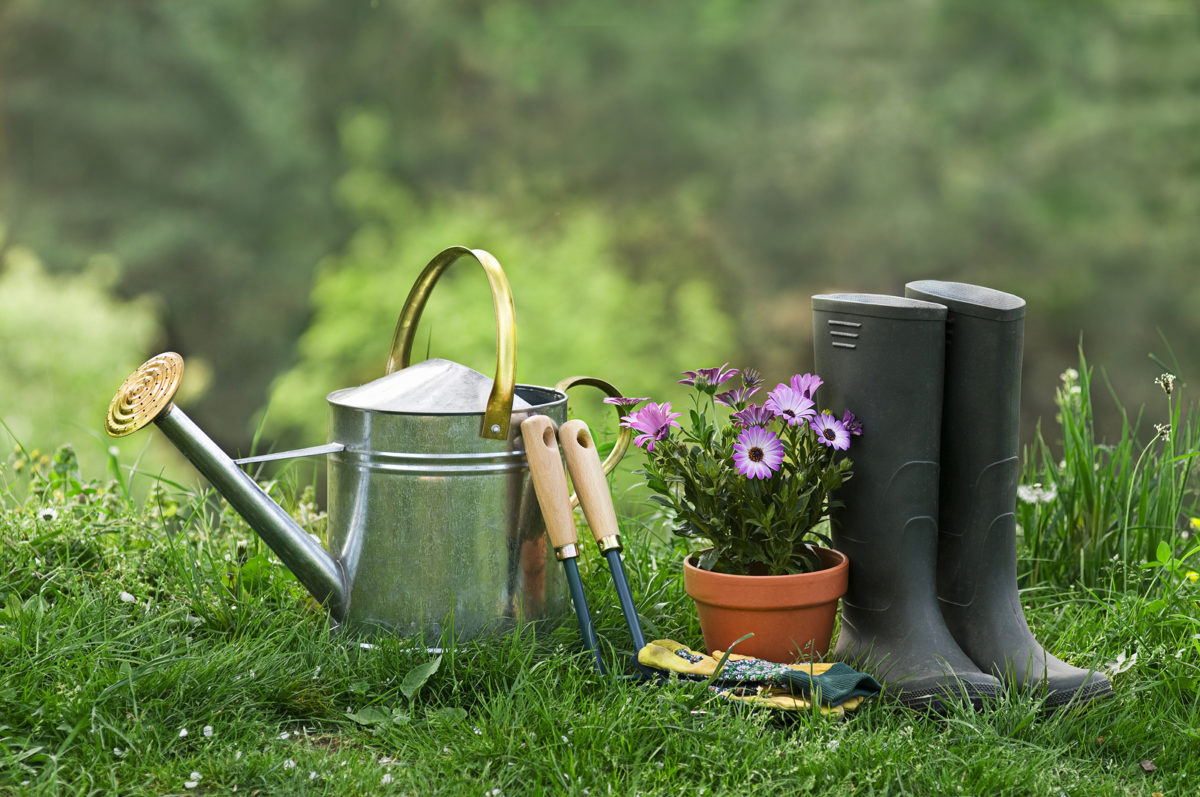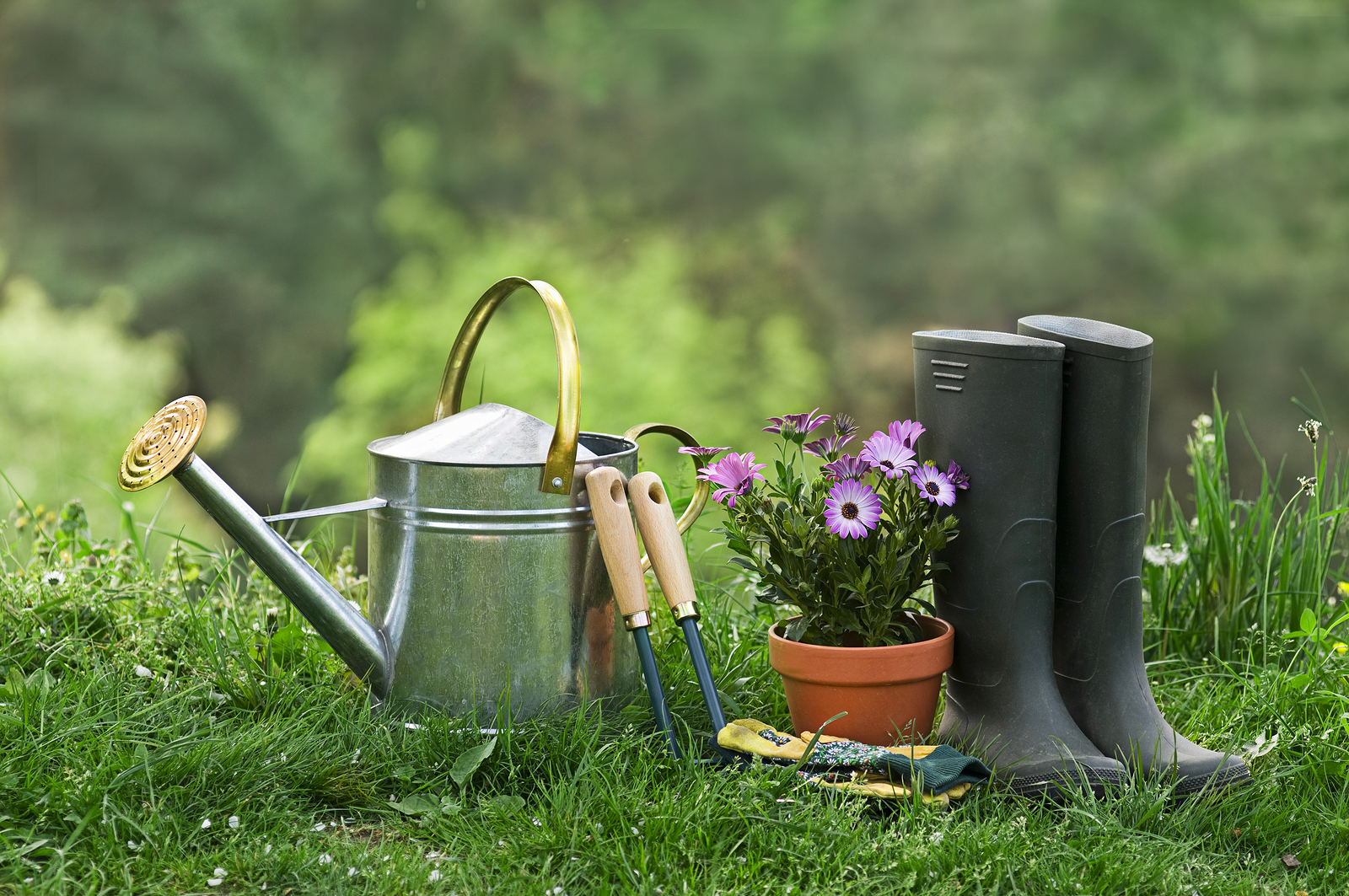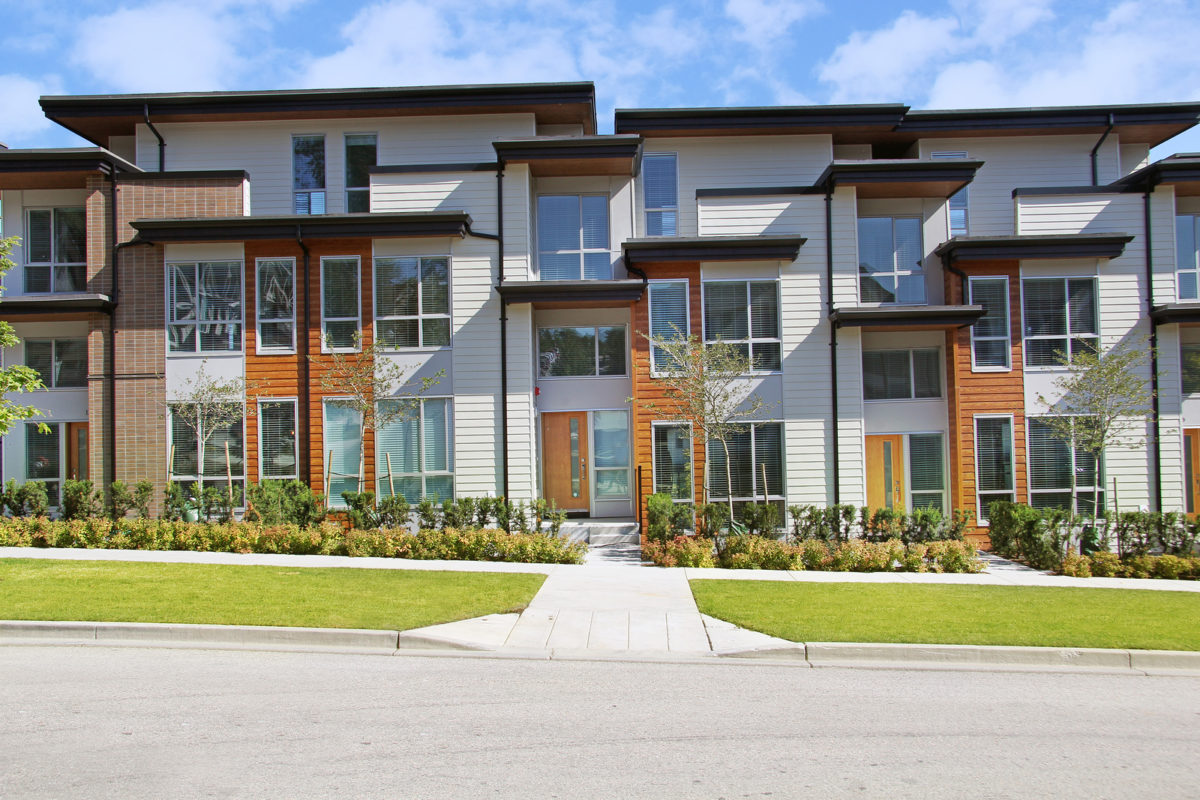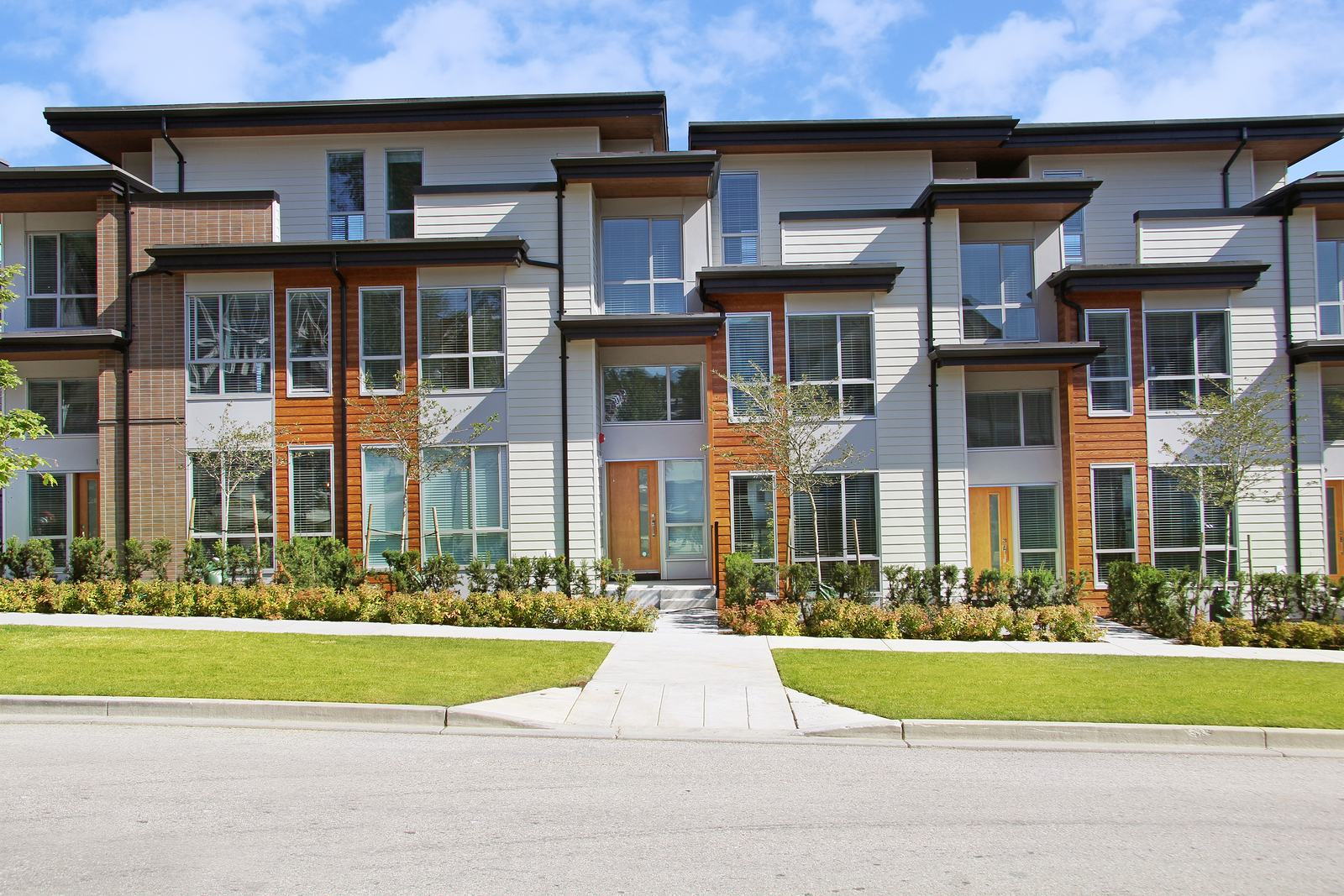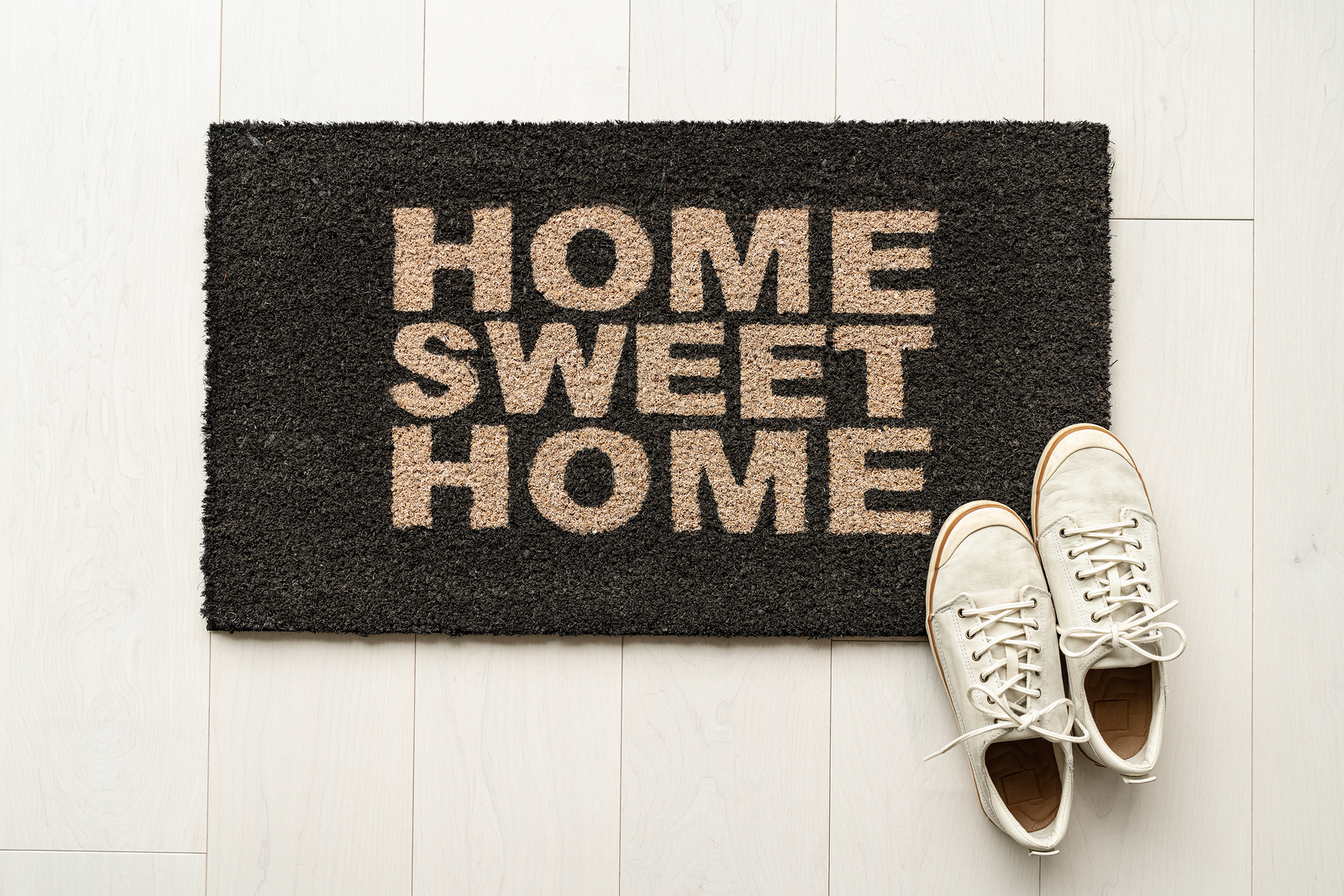You have questions and we have the answers. If you’re thinking of selling your home, read on.
1. Is there a best time of the year to sell a home?
Although homes sell year ‘round, the “best” time to sell depends on several factors. If your need is for speed, put the home on the market in winter. Surprised?
Homes for sale in winter have a 9 percent better chance of selling, they sell one week faster than during the other three seasons and they generally bring in more money. These statistics apply to all regions of the country, from the frigid northeast to balmy Waikiki.
When November rolls around, home sales tend to decrease about 8 percent. By January, we’ll have seen another 19 percent decrease. And, it only makes sense. With the media constantly harping on how winter is such a horrible time to sell, homeowners typically ride out the winter and wait until spring to list their homes.
This leaves the winter seller with less competition. And, since winter buyers are generally more motivated than those who shop during other seasons, having less competition in the market is a good thing.
The next best time to sell a home is fall, according to the National Association of Realtors. They cite the facts that fall buyers want to get into their new homes before the holidays and the weather is still conducive to house hunting.
Sure, you can put your home on the market in the busiest season, from May through August. That’s when 40 percent of all home sales occur. But, remember, you’ll have lots of competition, so if you need to sell quickly your home will need to be carefully prepared for marketing.
2. How will you determine what our price should be?
First, real estate agents don’t determine a home’s price. We can calculate its current market value and advise you of that figure or range of figures. It’s up to the homeowner to determine the home’s list price, however.
We carefully study recent sale figures and also take a look at pending sales and current listings, just to get a feel of where the market might be heading.
Comparing homes, analyzing the current market and crunching the numbers, we’ll arrive at what we feel is the current market value of the home. Our system is very much like what the bank’s appraiser will perform, although the information we provide you is not to be considered an “appraisal.” It’s merely our opinion of your home’s market value.
By the way, we offer a free evaluation of your home’s current market value. No strings attached. You are under no obligation to use our services when you list your home for sale.
3. How long will it take to sell my home?
We get this question frequently and it’s a tough one to answer. There are lots of variables to consider, including:
- The state of the housing market
- Your list price
- Your real estate agent’s marketing plan
These are just three of the variables. We’re happy to discuss all of them with you, at your convenience. Feel free to contact us.


